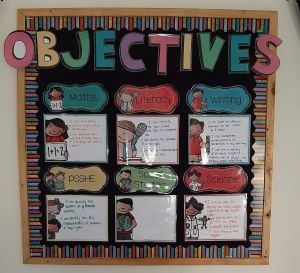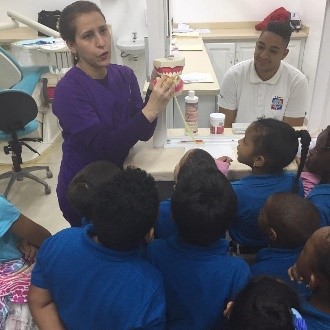Knowing your destination
I travel a lot. As a result I have become pretty good at navigating through airports. I know all the tricks—how to pack so that I can whip out my electronics and liquids at security, how to dress so that I don’t freeze in the waiting areas or on the plane, where to wait to maximise my time and minimise the distance I need to travel to get to the gate. I’ve learned how to excel as traveller. But here’s the thing. None of this knowledge does me much good if I don’t know where I’m going.

A few months ago, I was headed out on a trip where I had a layover in Spain. No big deal. I checked in for my flight, headed to the nearest Costa to grab breakfast, and sat down to wait. When I saw the gate flash for the 10:15 flight to Madrid, I gathered my belongings and made my way to the boarding area. All was going swimmingly until the gate agent swiped my ticket. Turns out my ticket was for Barcelona, not Madrid. All my travel knowledge and preparation did me no good as I rushed back through the terminal looking for a monitor to find out where I was supposed to be. I did make the flight, but only just.
Destination matters.
That’s true when flying, and it’s equally true when learning. How many of your students have mastered the art of school? They know all the tricks for being a good student—where to sit, when to take notes, how to navigate multiple choice tests, exactly how many sentences you require for short answer questions, etc. They come to class and appear to have it all together. This is great, but if they don’t know what they are supposed to be learning it may not actually do them much good. They need to know their destination.
This is where communicating strong learning objectives comes into play. In my experience, most teachers are aware of the learning goals they have for their students. They know what knowledge and skills they want their students to master at the end of each unit of study. They’ve considered the different thinking skills they hope their students will use in the course of the unit, and the outcomes that students should achieve.
Unfortunately, while most teachers are aware of where they are going, the same is not always the case with students. Many students come to class with a working knowledge of how to do school, but without any sense of their destination. They can go through all the motions of learning, appearing confident and capable, only to get to the test and discover they’ve ended up at the wrong gate. How demoralising!
When the ticket agent told me I was in the wrong place that day, my stress levels went through the roof. All my confidence in my travel expertise flew out the window. I felt frustrated, stupid, and incompetent. Even though I ultimately made my flight, I certainly did not count the experience a success.
This is not the experience we want for our students. So what can we do?

- We can be intentional about communicating—clearly and often, orally and in writing—the learning objectives for a particular unit.
- We can engage in a variety of formative assessments—formal and informal—and ensure that our students understand how these assessments connect to the unit objectives.
- We can provide rubrics and scales to help our students know what steps they still need to take to master the learning objective.
- We can draw explicit connections between past knowledge and skills and the current learning objectives—and ask our students to do the same.
The more that we can remind our students of where they are going, the more likely they are to find themselves successfully arriving at the right destination. This is a simple thing to add to our classes, especially as we already know where we are headed.
Knowing your destination is important! Let’s do what we can to be sure that our students end up at the right gate so they can reach their destination successfully.
Becky Hunsberger, M.Ed.
Coordinator of Teacher Education Services
TeachBeyond Global
Photo Credits: Traveler. w4nd3rl0st (InspiredinDesMoines) Flickr via Compfight cc. Objectives. pic. B. Hunsberger, board design, L. Estes.






